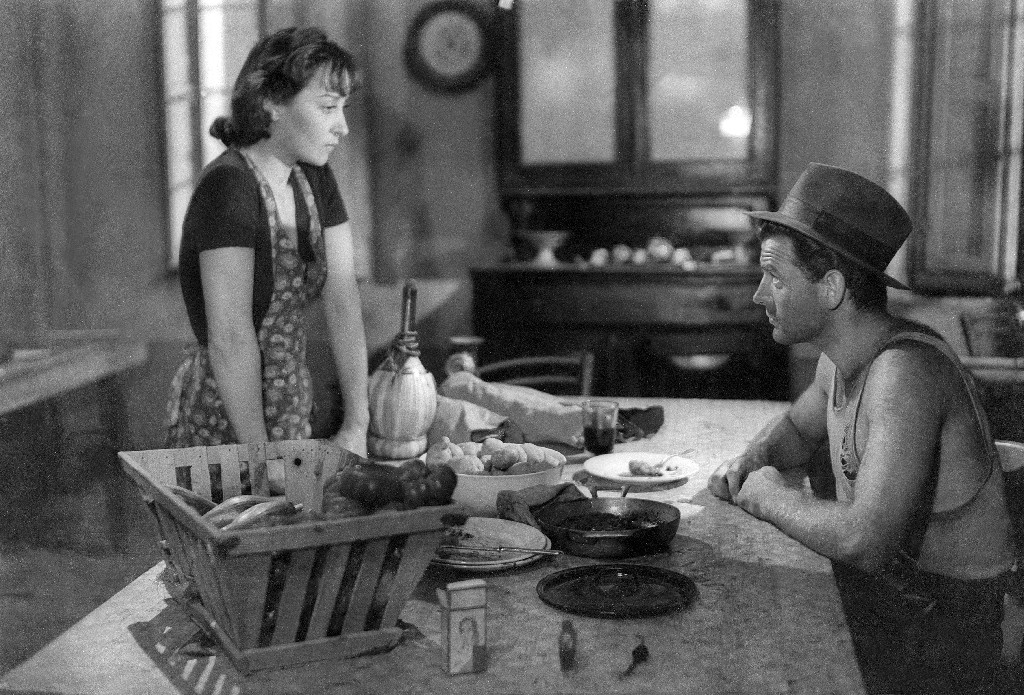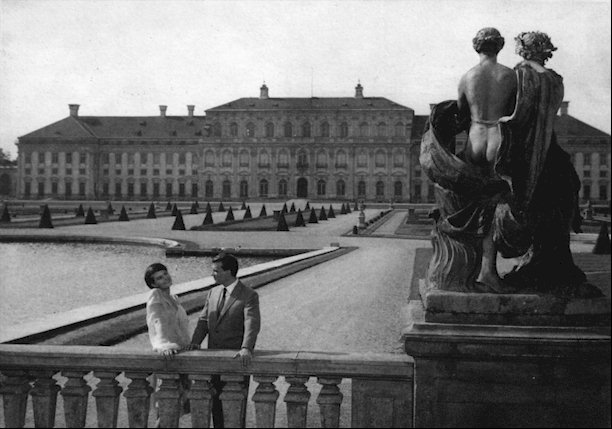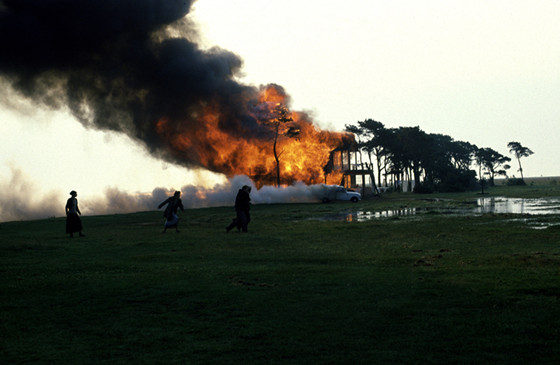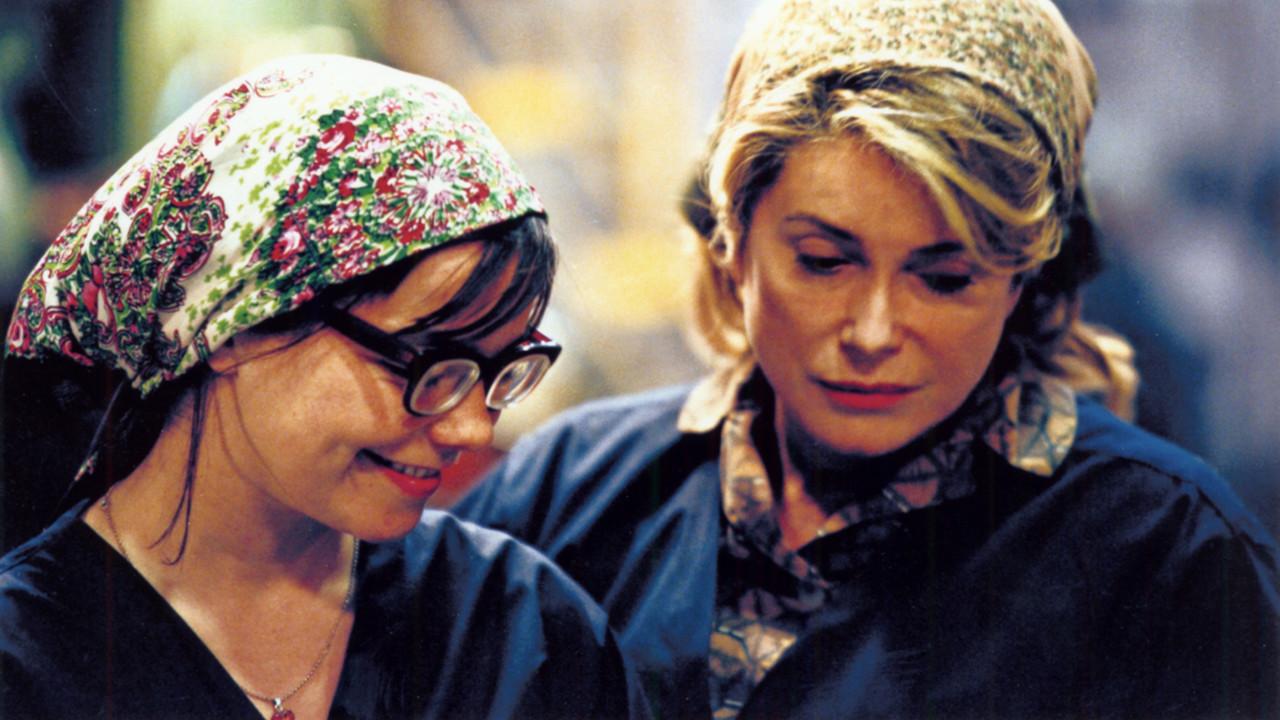
Before the advent of the star system, the best marketing argument for a film was its plot. Did the story promise incandescent romance, heart-stopping adventure or an expedition to the most far-flung corners of the world? Then it attracted audiences without further hesitation. But the star system slightly changed the rules of the game.
The plot still played an important part in the audience’s decision, but certain actors and actresses acquired such a devoted following that their names alone could motivate masses to see a film they would not have otherwise considered. Scholars, however, usually scorn plot-centered approaches to films, arguing that cinema is not an essentially narrative medium.
This list attempts to demonstrate that greatness in cinema does not necessarily goes hand in hand with a brilliant story premise: it has more to do with the use of visuals, the creation of an atmosphere, the embodiment of characters or with dialogue (which is not the story per se; it is characterization). Here are ten excellent films that have weak plotlines and that could have been fiascoes if they had been made by a less accomplished creative team.
This list contains spoilers!
1. Ossessione (1943) – dir. Luchino Visconti

Gino, a young drifter, and Giovanna, the discontented wife of a brutish restaurant owner, commence an affair and soon decide to take the husband out of the picture. They skillfully stage the murder in order to make it look like a regrettable car accident, but it is not the police as much as their guilty consciences that will plague their union and the future they wanted to build for themselves.
For his first feature, Luchino Visconti adapted James M. Cain’s novel “The postman always rings twice” without acquiring the rights that belonged to the MGM studios. This led to the banning of the film long after the fall of the Fascist regime: “Ossessione” only gained distribution outside of Italy in 1976. One could wonder if Cain’s novel was worth the trouble: its success at the time of its publication was more due to its combination of crime and eroticism than to its originality.
Predictably, Visconti’s film does not offer any more insight into the troubled psyche of a murderer than do great works like “Macbeth” or “Crime and Punishment”. “Ossessione” does not aim to tell a story that was never told before, it aims to drape it with layers of mundaneness.
The effect is unnerving the viewer – who is forced to integrate murder into a life that resembles his or her own – and, most importantly, challenging the unwritten norms of cinematic representation that considered temps morts as nothing less than aberrations.
2. Last Year in Marienbad (1961) – dir. Alain Resnais

In a baroque hotel, wealthy socialites spend their time with various forms of entertainment, with roaming around the endless corridors and rekindling old relationships. A man tries to convince a woman that they have met previously in Marienbad and have engaged in a love affair; the woman denies knowing him and rejects his affection. There may or may not be a husband watching their every interaction.
Alain Robbe-Grillet’s script is slightly absurd and altogether uncompelling, but purposefully so: the writer was after all a member of the Nouveau Roman movement that promoted the depersonalization of the novel and the repetitive description of objects as replacement for the classical character psychology. Robbe-Grillet was perceptive enough to see beyond the standard linear cinematic style and to intuit the potential of the medium to render the processes of memory and free thought association.
The plot of “Last Year in Marienbad” may be a random collection of thoughts originating from one or more characters’ minds; it may be, as Robbe-Grillet suggested, “the story of a persuasion attempt: it deals with a reality which the hero creates out of his own vision, out of his own words”.
Resnais’ film is certainly an exclusively cerebral experience: the robotic characters don’t elicit any sympathy, but the hypnotic camera movements, the labyrinthic interiors and the elasticity of the diegetic time command admiration.
3. Fellini’s Casanova (1976) – dir. Frederico Fellini

The film follows eighteenth-century writer and adventurer Giacomo Casanova in what he does best: indulging into countless erotic adventures, each one more meaningless and more depraved than the other. But old age and the thirst for acknowledgment catch up with fiery Casanova who will pay the toll of having acted as if youth and vigor were eternal.
Casanova is of course the epitome of the womanizer: despite coming into contact with various illustrious political and cultural figures of the eighteenth century and despite his atypical destiny, he is still best remembered for his numerous liaisons that led to his arrest for affront to common decency.
Fellini does not try to make amends for these omissions, quite the contrary; the film wallows in the depiction of interminable sex scenes. All this would quickly become tiresome if it would not be for the astounding visual inventiveness of Fellini, of director of photography Giuseppe Rotunno and of art director Danilo Donati.
The ending is also quite conventional, as it shows that no human, no matter how irreverent, can escape decrepitude and that a life of unbridled pleasures always ends with a painful agony.
In a way, “Fellini’s Cassanova” is a moralistic film and its protagonist is a helpless romantic that searches for female perfection only to find it in a mechanical doll. But in the end, the plot is completely submerged under the visual exuberance; what remains are the images of the film that give us a glimpse of the infinity of creative resources a genius has.
4. The Sacrifice (1986) – dir. Andrei Tarkovsky

Alexander, an aging intellectual who is surrounded by friends and family for his anniversary, is faced with the imminence of war that will lead to nuclear holocaust. Through the intermediary of his servant Maria, who is known to be a witch, Alexander makes a pact with God to save the world, in exchange of which he will sacrifice everything he holds most dear: his house, his family and even his sanity.
Tarkovsky certainly has not grown to “hate the emptiness of human speech”, as the protagonist of his final film, “The Sacrifice”, has done. The premise of the film is quite preposterous and reminds one of many superhero films that all have their roots in the seminal sacrificial story, that of Jesus.
What elevates this classic scheme is Tarkovsky’s philosophical musing that is conveyed through dialogue and the parallels that can be drawn between Alexander’s selfless gesture that leads him to promise to give away even his beloved son in order to save humanity, and Tarkovsky’s own exile.
Indeed, the Russian film-maker had to leave everything behind and flee the Soviet Union in order to practice his art freely. Among the ones he abandoned was his twelve-year-old son Andrei.
As one could expect from Tarkovsky, the story, as potentially spectacular as it is, is treated with restraint and the emphasis falls on the psychological effects of the imminent nuclear catastrophe and on the unsuspected good it reveals in Alexander. The threat itself is only hinted at through the use of sounds and through the images displayed on the household’s television screen.
5. Dancer in the Dark (2000) – dir. Lars von Trier

Selma is a struggling Czech immigrant with declining eyesight and a son who shares the same condition. She is saving money to pay for the young boy’s operation while trying to maintain her job at a factory in spite of her infirmity. When her neighbor, a policeman, steals her savings she confronts him and, during the struggle that ensues, wounds him.
To get the money back, she kills him and runs away to the medical center to pay for her son’s operation before the police catches her. At trial, she defends herself poorly and lies about the destination of the money, all of which lead to her being sentenced to death.
Lars von Trier has strayed far away from the founding principles of the Dogma 95. From the protagonist of “Breaking the waves” who believes that her being sexually debased could help her husband recover from a work accident to the apocalypse in “Melancholia”, the plots thought up by the Danish director and their respective treatments certainly don’t respect many (if any) of the rules included in the original manifesto.
If Lars von Trier definitely can’t stand dictates – not even his own- , the result of his rebelliousness are often bold parables of almost Biblical scale. The plot of “Dancer in the dark”, however, is certainly not the best he produced: it is too melodramatic, using every possible trick to affect the audience, and Selma’s refusal to defend herself in court is not quite logical.
Despite the weaknesses of the story, Lars von Trier’s film is genuinely disturbing in its grimmer moments (mainly the ending, which is a forceful indictment of the death penalty) and is startlingly original in its reinterpretation of the musical genre.